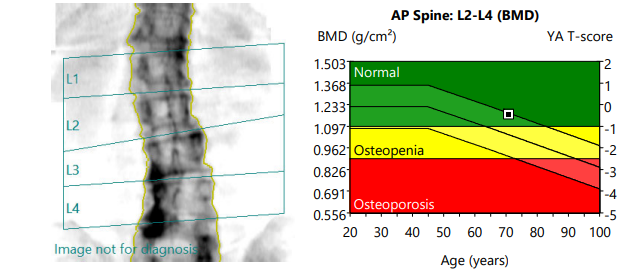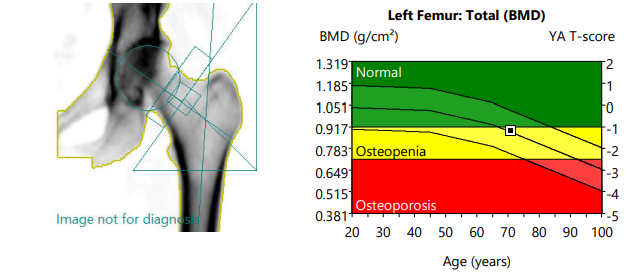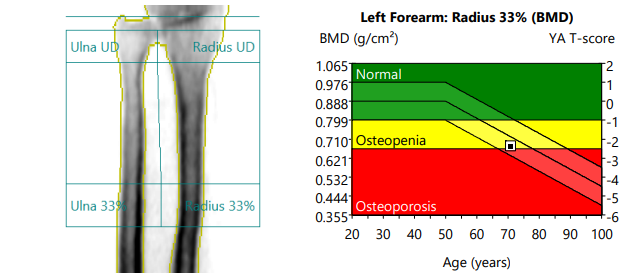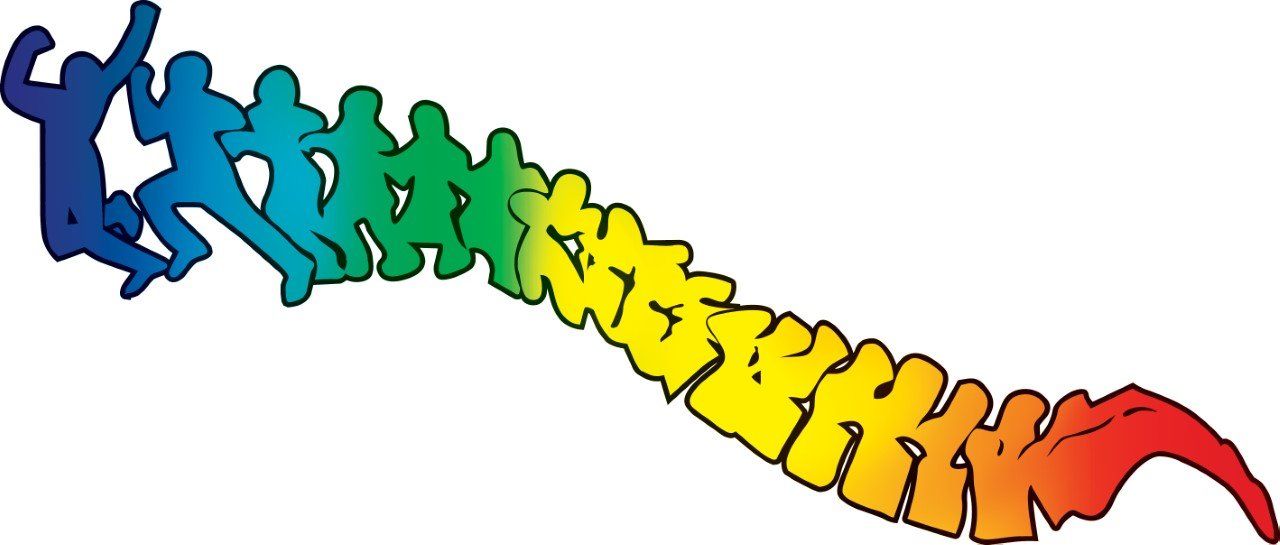Osteoporosis and osteopenia
Normal healthy bone has 2 types of cells in it, osteoblasts and osteoclasts. Osteoclasts resorb existing bone and osteoblasts form new bone and this remodelling occurs simultaneously and is continuous.
Osteopenia occurs when this homeostasis is upset and we lose bone density more than normal through an increase in bone resorption vs new bone created. This is common in post menopause as lowered estrogen increases activation of osteoclasts.
Osteoporosis is the more severe reduction of bone density where the bone becomes fragile and prone to fracture.
Prolia (denosumab) is a relatively new medication that inhibits osteoclast cell maturation, thereby reducing bone resorption and the other common treatment is bisphosphonates that basically 'clog' up mature osteoclasts, stopping them from resorbing.
Both are considered 'antiresorptive drugs'.
Unfortunately the research is showing that once you start a medication it's very hard to stop it. Just missing one injection your bone fragility spikes and a fracture is possible within months. This is a 'rebound phenomenon' where the osteoclasts are suddenly unleashed in a concentrated way and over resorb bone again. Rebound phenomena fractures are more common in vertebrae than elsewhere in the body according to this study. https://pmc.ncbi.nlm.nih.gov/articles/PMC7796169/
Consensus seems to be that once you start Prolia, if you want to come off it, it's recommended to then start a bisphosphonate. Literature is vague on the duration of dosages.. even that article above points out there's no solid guidelines yet.
Other treatments are outlined in the article below. This also includes the guidelines that GPs and specialists use to manage osteoporosis and osteopenia.
Bone density is tested via a Bone Mineral Density (BMD) scan which can be referred for by your GP or specialist. From the flowchart in the above article, a T score of -2.5 and below is the magic mark for medication if you haven't fractured before.



Typically a bone density scan (BMD) is measured at 3 sites in the skeleton; the lower spine, the hip and the wrist. Your final T score is the lowest value from either your spine or hip scores.
The natural drug-free approach to osteopenia is maintenance of calcium, vitamin D and K2 intake, both dietary and supplementation, regular weight bearing and resistance exercise, avoidance of smoking and corticosteroids. Bone nutrition is very important.
The recommended daily intake;
Calcium 1000-1300mg
Vitamin D(3) 800-1000 IU
Vitamin K2 90mcg - females
Calcium the building block of bone, vitamin D helps the absorption of calcium and K2 drives calcium into the bone.
Other goodies for bone, calcium absorption are magnesium, phosphorus, zinc, boron, vitamin A.
You get most of this from diet and sunlight (vit. D). Supplementation is recommended in females >50 and males >70 with osteopenia or osteoporosis. Good quality supplements can be found in health food shops and some chemists over the counter.
Exercise or resistance exercise is most important for bone health. In our clinical experience generally muscular insufficiency (sarcopenia) goes hands in hand with osteopenia. So exercise such as rowing, running, cycling, gardening, gym, pilates etc. plus any exercise that puts weight or resistance on not only your muscles but your bones. This literature review explains it and has many references; https://pmc.ncbi.nlm.nih.gov/articles/PMC6279907/
Osteopenia and osteoporosis is not usually painful. Pain comes from associated fractures and secondary degenerative changes in joints that may arise from the weakening of surrounding bone.
Osteopenia and osteoporosis is also not a contraindication for chiropractic care. There are many low force or gentle techniques that can be applied and tailor made to the individual. Many of our patients have varying degrees of osteopenia/porosis and still benefit from hands on care for a variety of conditions. Of course, if you know that you have osteopenia/porosis it's important to make your chiropractor aware.
